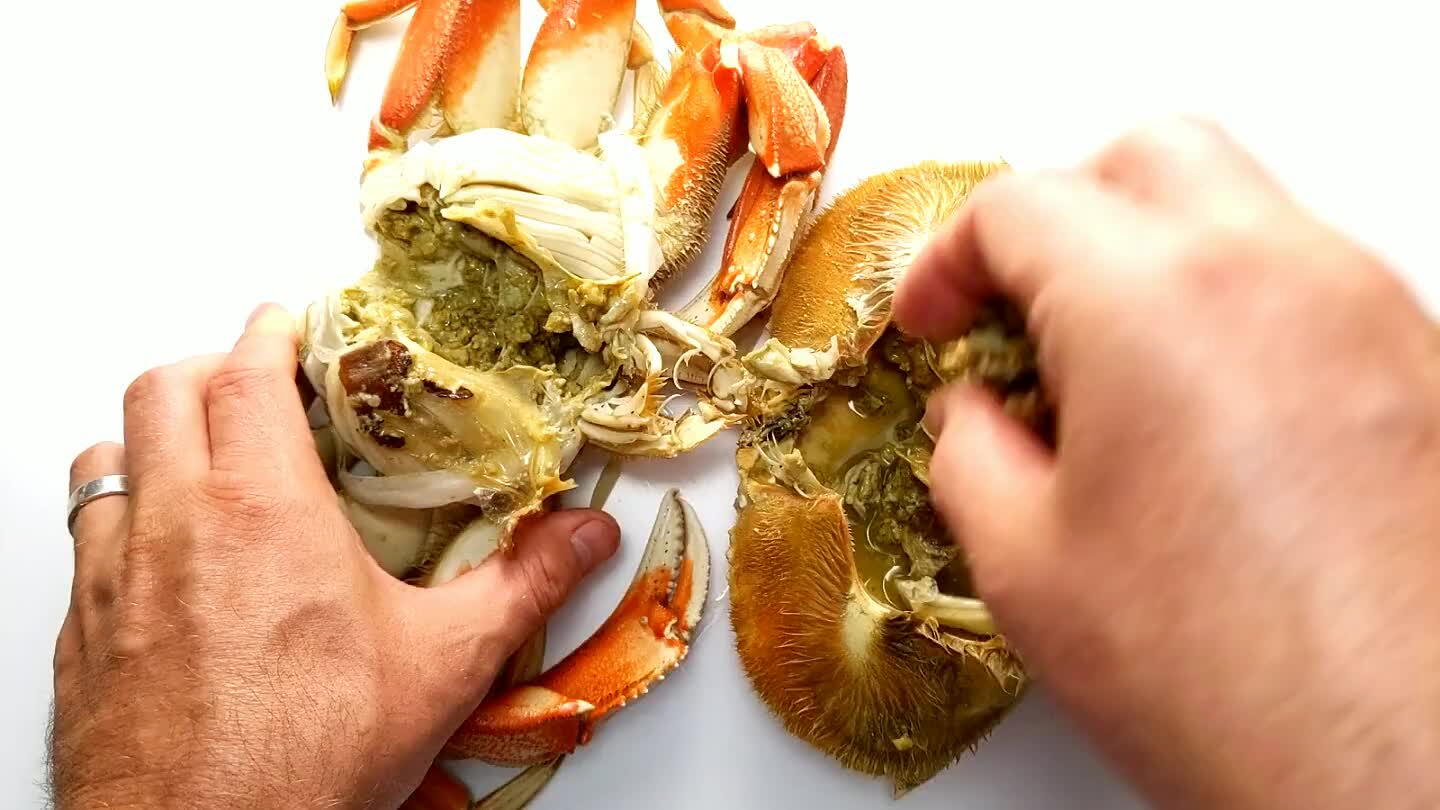
They usually feed on seeds but still can cause structural damage in a home. Though these ants chew out areas inside wood for their nests, they do not eat it. One of the most common US species associated with human habitation is the black carpenter ant (Camponotus pennsylvanicus). The genus Camponotus contains a very large number of species known collectively as Carpenter Ants. Habitat: nests in logs and stumps under trees but can invade homes. Order: Hymenoptera (Ants, Bees and Wasps)ĭistinguishing Features: large, broad head with thin waist highly variable in overall size Showing 110 of 114 insects, spiders and kin.Ĭarpenter Ant (Camponotus spp., Formicidae family) We welcome comments, corrections, and additions to our guides.įor more information about local nature, please visit our Nature Blog or subscribe to PEEC This Week. Please contact us for local nature questions and sightings. Wildlife Notes – Centipedes and Millipedes Subject Area Experts (all guides)ĭavid Yeamans (birds) Web Development and Content Management Symbiota Collections of Arthropods Network and Phillips, P.K., 2013 Biogeography of the Cicadas (Hemiptera: Cicadidae) of North America, North of Mexico One Hundred Common Insects of New Mexico, NM State University


and Mackay, E., 2001 The Ants of New Mexico (Hymenoptera: Formicidae) Pocket Guide to the Beneficial Insects of New Mexico Pocket Guide to the Native Bees of New Mexico 2000 American Insects: A Handbook of the Insects of America North of Mexico CRC Pressįield Guide to Insects and Diseases of Arizona and New Mexico Forests, US Forest Service However, please note that insects in the Lepidoptera order are discussed separately in the Butterfly and Moth Guide.Ī Checklist of Plant and Animal Species at Los Alamos National Laboratory and Surrounding AreasĪ Guide to Arthropods Bandelier National Monument, National Park Service Īrnett, RH, Jr. This guide focuses on many of the common arthropods in the greater Los Alamos area. Many are particularly adapted to life in a dry environments like that of Southwest. They occupy all kinds of roles: predators, prey, parasites, hosts, herbivores and decomposers and live in all different types of habitats. Over 80% of all living animal species are arthropods. Each body segment may have one or more pairs of appendages which serve as antennae, mandibles, maxillae, legs and tail. Their bodies are composed of segments that are grouped into three regions: head, thorax and abdomen. Most crustaceans are free-living aquatic animals but a few are terrestrial such as the woodlice. In addition, they have a single pair of antennae, simple eyes, and mouthparts on the underside of their bodies. They are best known for their long, segmented bodies with multiple legs, though far fewer than their names imply. In addition, they have two different types of eyes for a total of eight.Ĭentipedes and millipedes make up most of the myriapod species. Arachnids do not have antennae or wings and have two main body parts with the head and thorax fused into one.
#Crab openin underbelly flap plus
Arachnids have eight legs plus two additional pairs of appendages: chelicerae used for feeding and defense and pedipalps which function as a sensory organ or in reproduction. While spiders make up the largest group of arachnids, others in the class include scorpions, harvestmen, ticks, mites, pseudoscorpions and solifuges. The abdomen contains the insect’s digestive system, reproductive organs and sting organs, if present. The thorax or mid-section typically has two pairs of wings, if the insect can fly, and three pairs of legs for a total of six.

The head has compound eyes, mouthparts, and antennae that are used as sensory organs. Insects, which comprise the vast majority of hexopods, all have three basic body parts. In order to grow, arthropods have to molt, shedding their whole exoskeleton all at once. An arthropod is an invertebrate animal with bilateral symmetry, an external skeleton, a segmented body, and jointed appendages arranged in pairs. Arthropods include several different classes: hexapods, arachnids, myriapods and crustaceans.


 0 kommentar(er)
0 kommentar(er)
